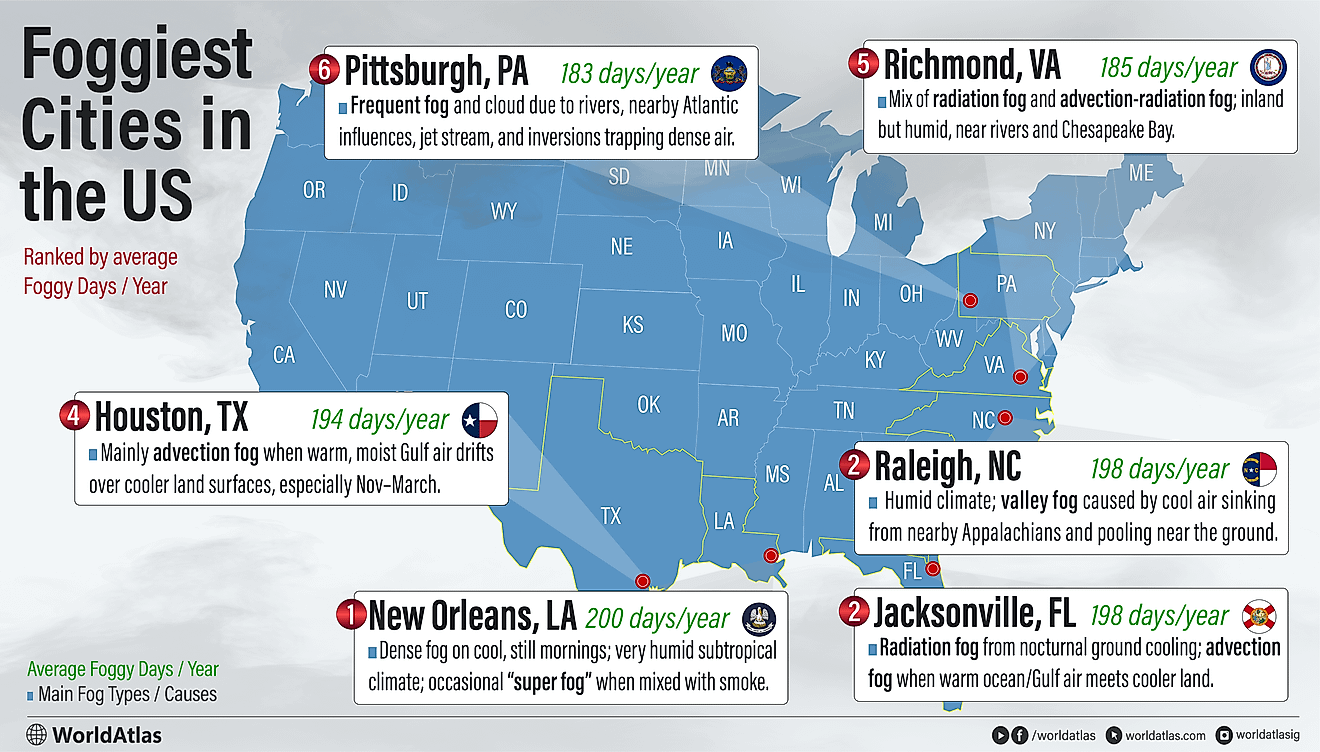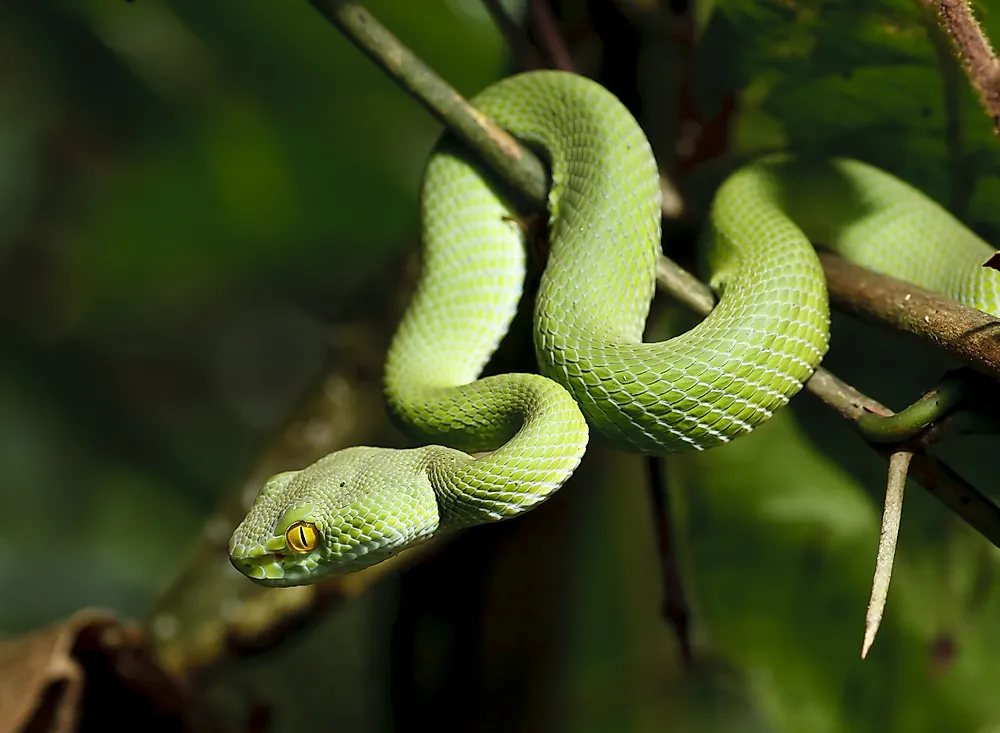
What Are Cold-Blooded Animals?
Animals are classified into two groups based on their energy source: cold-blooded and warm-blooded. The former, also known as ectothermic or poikilothermic animals, lack the ability to regulate their internal temperatures, causing it to fluctuate with their surroundings. In contrast, warm-blooded animals maintain a fairly constant temperature, regardless of their environment.
Cold-blooded animals, however, have evolved interesting mechanisms to adapt - when exposed to the sun's rays, they'll align perpendicular to it to warm their bodies. Conversely, to cool down, they'll lie parallel to the sun rays or seek shade. Even though in hot climates their blood temperature can surpass that of warm-blooded animals, they require less energy to survive since their metabolism slows down in colder conditions.
Cold-blooded animals, unlike birds and mammals, cannot regulate their internal temperature. Instead, they rely on the environment for warmth. As a result, their body temperature fluctuates based on the outside temperature. For instance, if the temperature drops to 50 °F, their body temperature will gradually decrease to match it. When it rises to 100 °F, their body temperature will also increase to match. There is a certain temperature below which their metabolism just won’t work and this why you may notice that few cold-blooded animals are active in the winter, and the farther north you go, the rarer they become. This is why Antarctic fish have evolved a unique mechanism to thrive in their habitat. Their anti-freeze in the blood does not fight the exactly fight the cold but instead prevents ice from spreading throughout their bodies at low temperatures, which could be fatal. Large glycoprotein molecules in their bloodstreaam surround any small ice crystals that may form, ensuring they do not spread throughout the animals' tissues thereby enabling their survival.
Notable Examples
Cold-blooded animals can be either terrestrial or aquatic. All reptiles, amphibians, fish, and insects possess this trait, such as alligators, turtles, snakes, lizards, crocodiles, bees, frogs, toads, and sharks. Taxonomically classified as reptiles, dinosaurs display hybrid features and may belong to a transitional group with a complex metabolism, akin to modern birds.
Shark
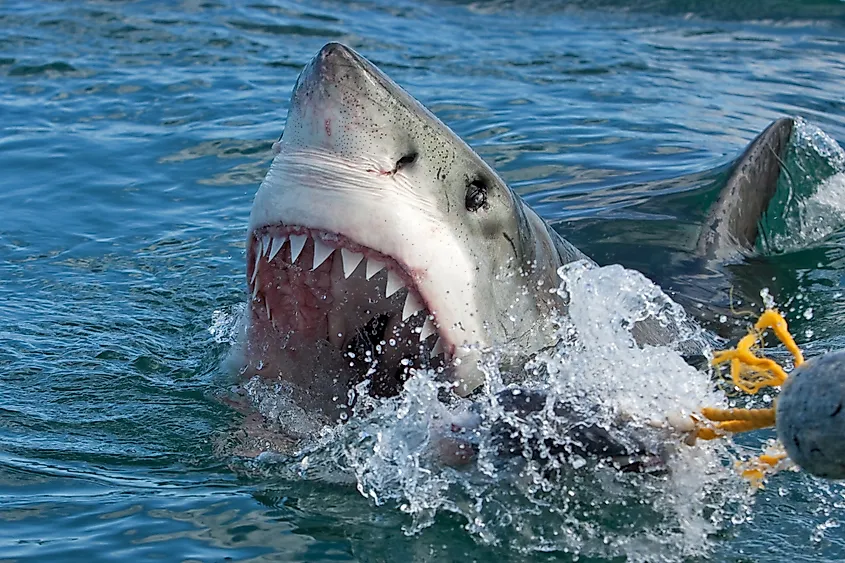
Sharks are fascinating creatures whose body temperature adapts to match the water they inhabit. One feature of sharks is their complex vascular network, which ensures oxygen is distributed efficiently throughout their bodies. Interestingly, this circulatory system also causes their bodies to heat up to the temperature of the surrounding water and as a result, sharks must maintain constant movement.
Their skin is covered in special scales called dermal denticles. This gives sharks a rough textured appearance, but it also helps them glide through the water more efficiently. Sharks also have an oily coating that provides protection from parasites and disease.
Frogs
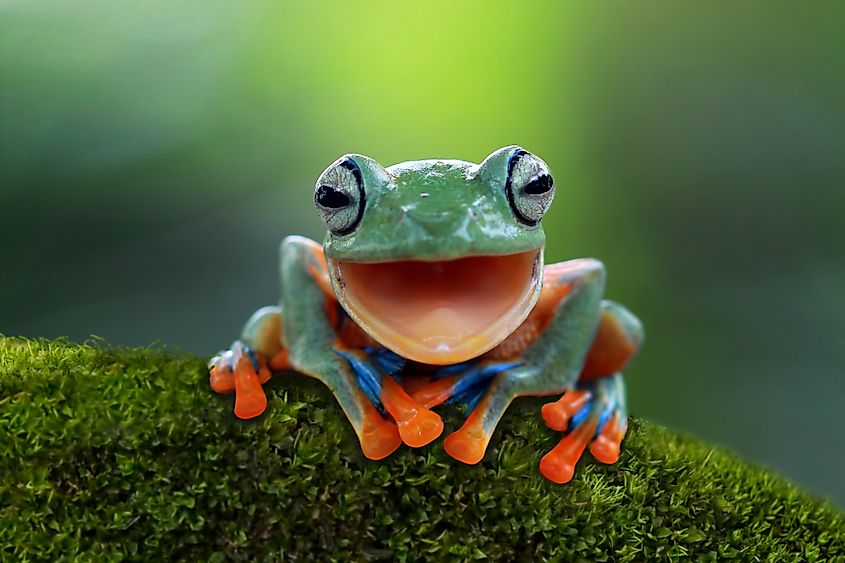
Frogs are experts at regulating their body temperature through a combination of sunlight, water, and shade. During high temperatures, frogs rely on moisture and humidity to survive, and when the heat is too much, they instinctively cool off in water. In cooler weather, some frogs enter periods of dormancy, hibernating below ice or deep in mud. During this time, their skin takes in oxygen from the surrounding environment to sustain them. These remarkable creatures are a testament to the power of adaptation in the natural world.
Bees
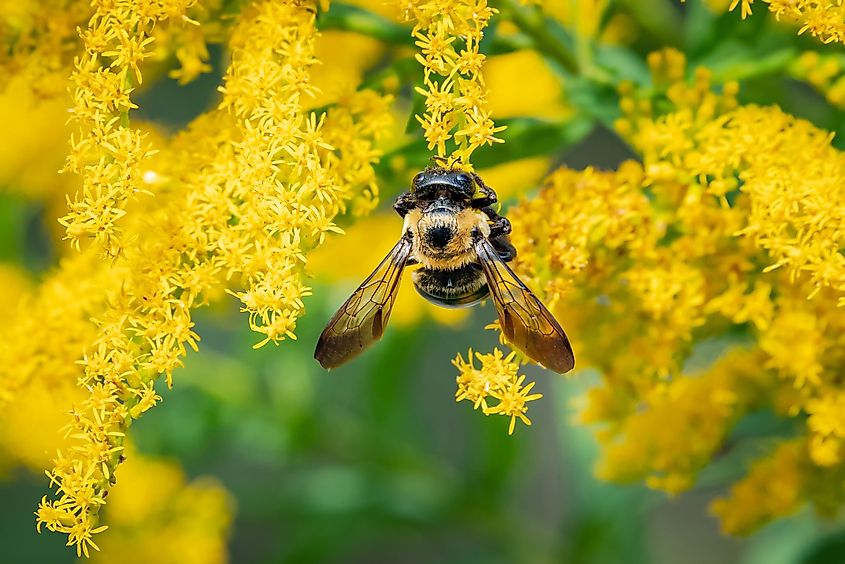
Bee antennae possess incredible sensitivity in detecting temperature drops as low as 0.25°C. To maintain warmth, hives and be built to trap heat, and insulation is provided by the likes of tree trunks or layers of honeycomb. The concentrated warmth from the bees themselves keeps the hive's interior temperature ready for flight, regardless of the temperature outside.
Conversely, hive structures can also cool occupants in the hottest climates. Carefully designed airways funnel cooling air into the hive, meaning bees are masters of their own thermoregulation. This remarkable ability places them at the forefront of the animal kingdom's temperature control experts.
Sea Turtle
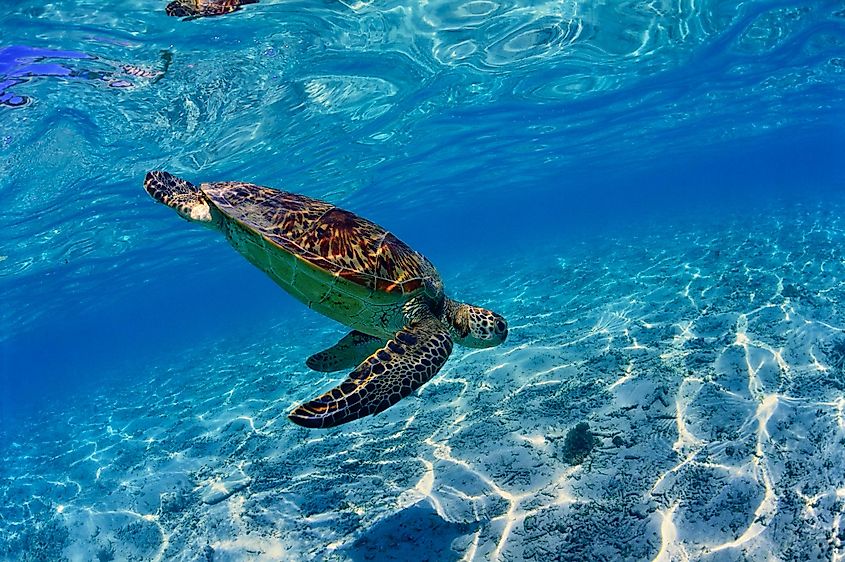
Sea turtles are reptiles that rely on water to maintain their body temperature. They thrive at an optimal internal temperature between 25 and 27 Celsius, which is notably high given their low metabolic rate. Their moderate metabolism renders them vulnerable to frigid ocean temperatures; should ocean temps dip below 10 degrees Celsius, their bodies struggle to keep up with blood flow.
The fact that most species of sea turtles migrate is fascinating! During cold months, these amazing creatures typically migrate to warmer regions that are more hospitable for breeding.
Other Organisms
Other organisms, such as the Dinoflagellates, a type of protist, also present cold-blooded features in their physiology. The most remarkable example is the Tardigrades or "water bears," which can survive high temperatures and intense radiation due to specific physiological adaptations. As an additional feature peculiar to this group, they
Cold-Blooded Animal Characteristics
Cold-blooded animals become more active in warm temperatures and can move more quickly. This occurs because the heat they absorb activates their muscles and provides energy. Conversely, when it's cold, they become sluggish and inactive, conserving energy and seeking warmth.
This life strategy offers advantages for cold-blooded animals, especially in arid regions where food is scarce. Many species hibernate to survive the cold winter or have a short lifespan like certain insects. Some animals, such as honey bees, gather together and flap their wings to stay warm.
Fish have evolved a protein in their blood with anti-freezing properties to survive in icy waters. Others, like snakes, crocodiles, and desert tortoises, estivate in cool or shady places during hot summer days.
Aestivation, or summer sleep, is a temporary resting state that differs from hibernation, which can last for several months. Snails, frogs, salamanders, earthworms, and many other cold-blooded animals are known to aestivate.
Benefits Of Ectothermy
Unlike warm-blooded creatures, cold-blooded animals do not produce their own heat, so the body weight to surface area ratio is not as crucial. This means they can range from tiny insects to massive crocodiles. Their fluctuating body temperature also makes them less hospitable to parasites, reducing the possibility of illness. Since cold-blooded animals do not require food to generate heat, they can go without eating for extended periods - some snakes only feeding once a month. In times of scarcity, they can also rest and stay inactive, preserving energy. And with most of the food they consume being converted to body mass, cold-blooded creatures are indeed fascinating!
Disadvantages Of Ectothermy
Ectothermic animals are usually restricted to the warmer climates of the world. As the temperature drops, their metabolism slows, and they become less active. If the cold persists beyond their tolerance range, it could threaten their survival.











